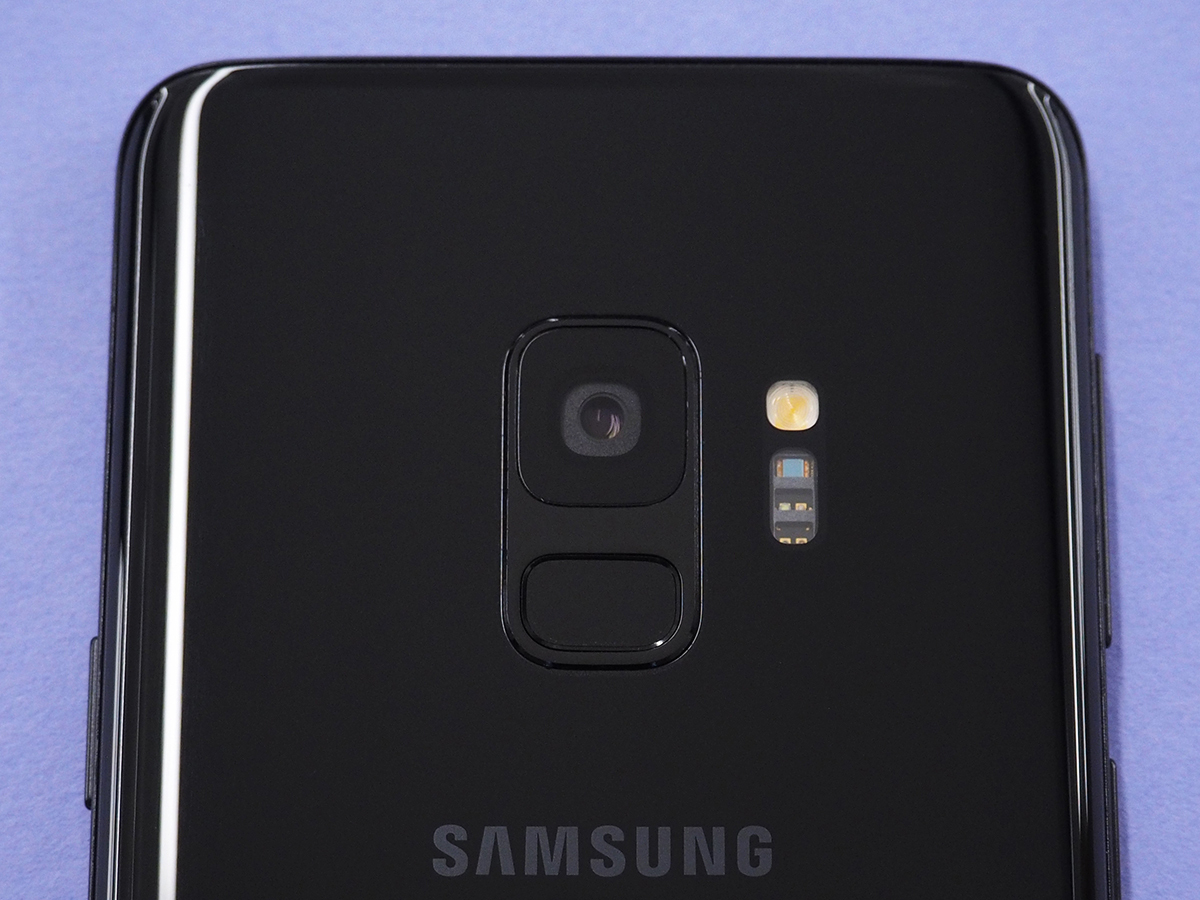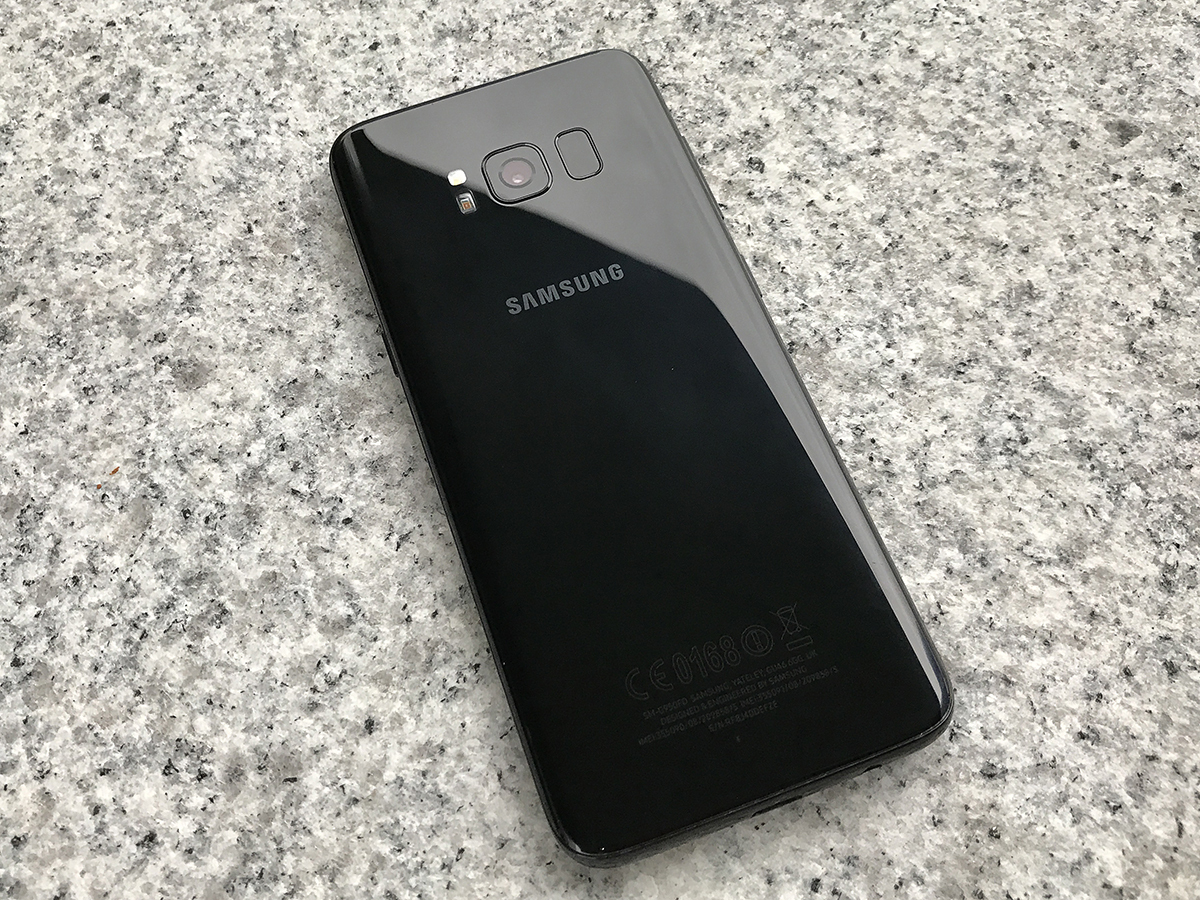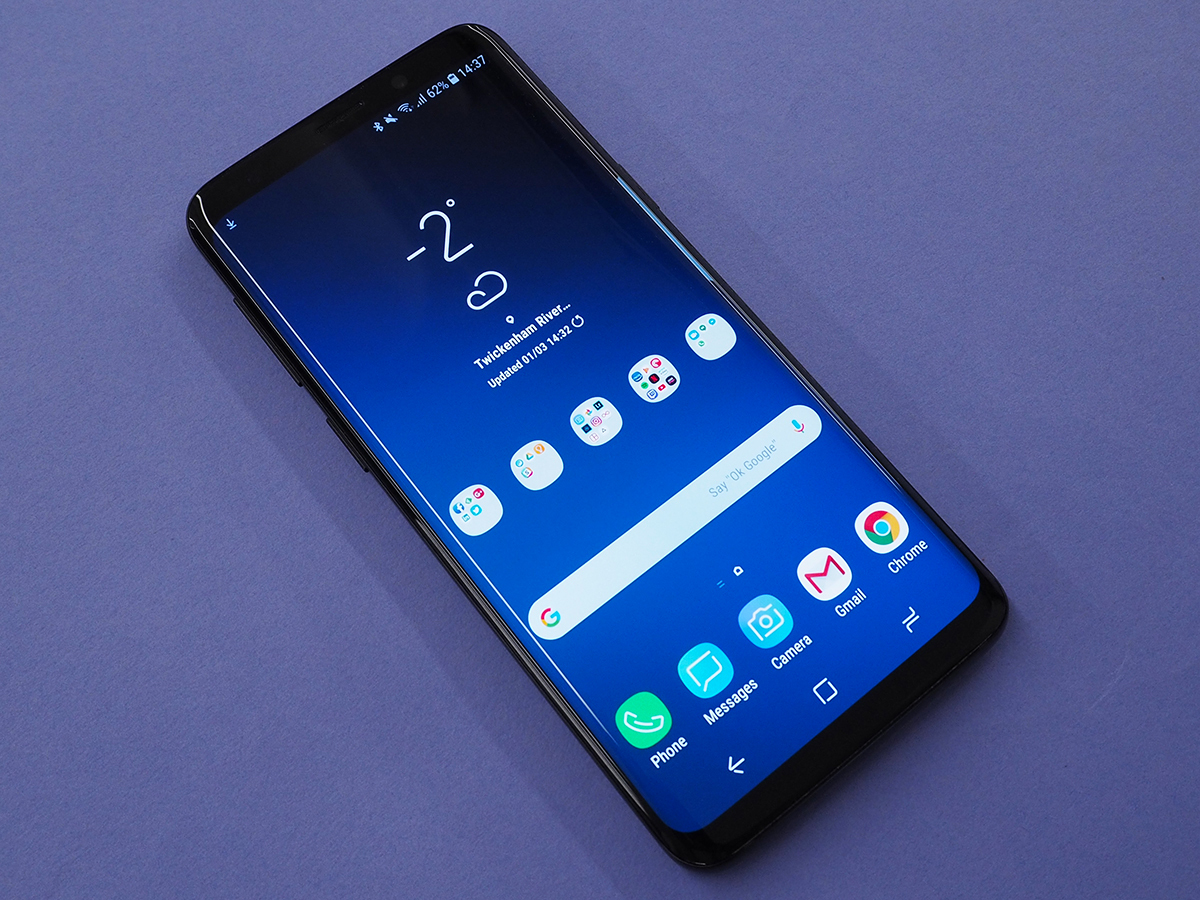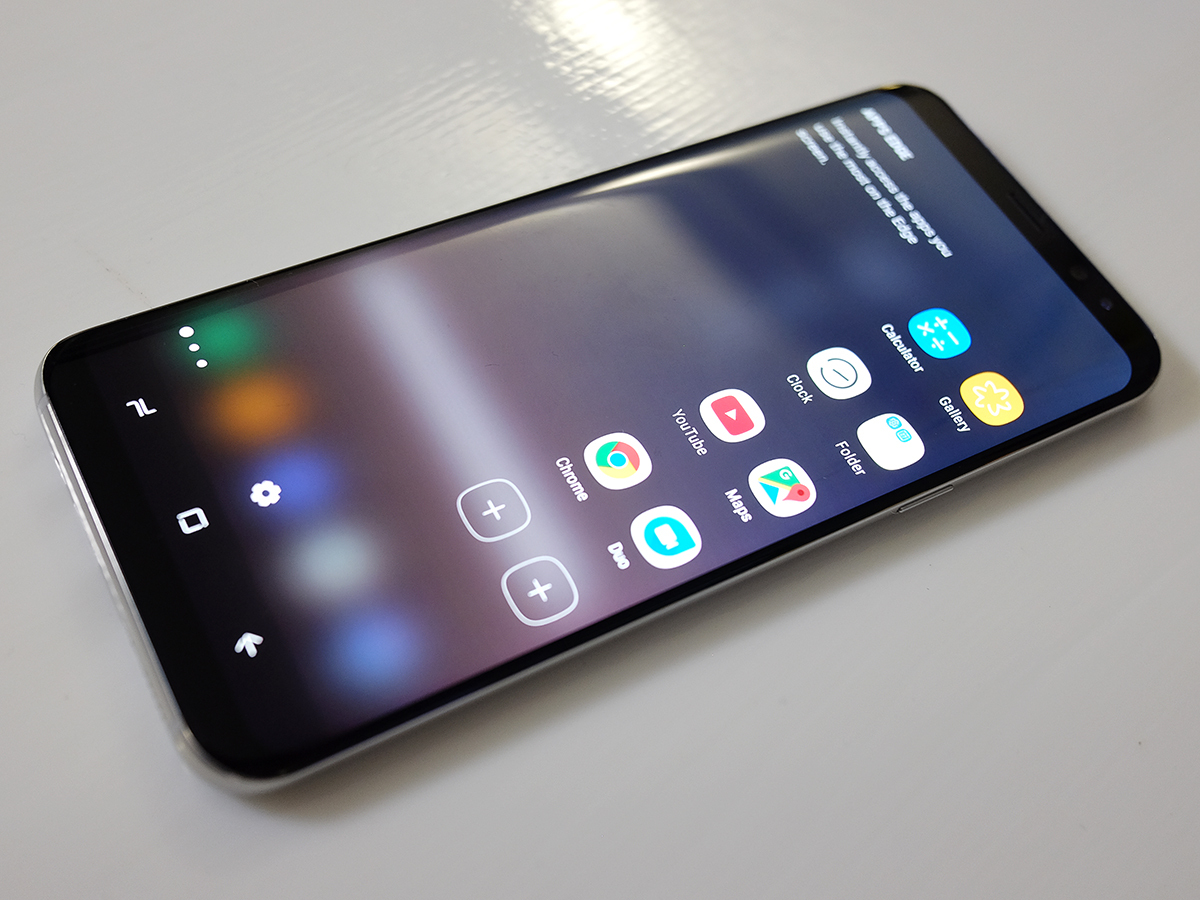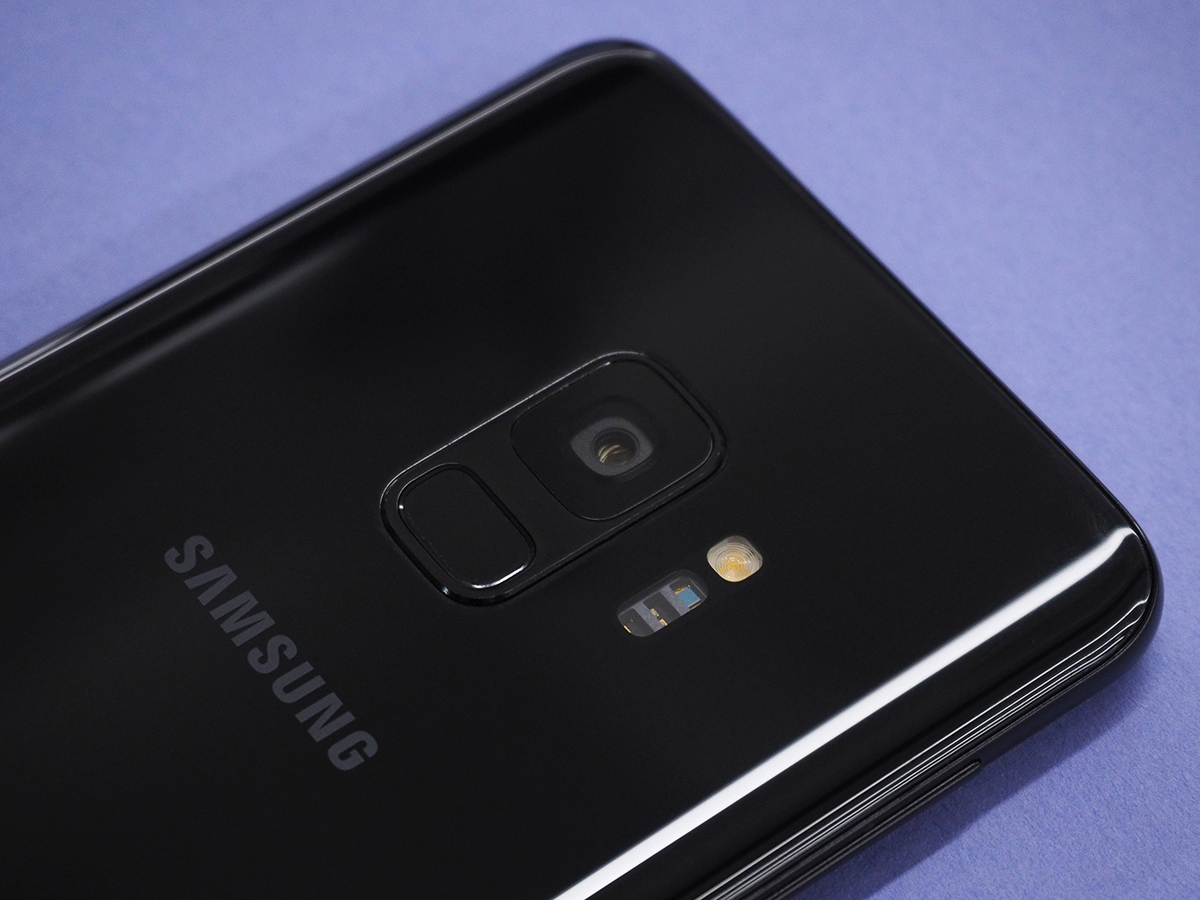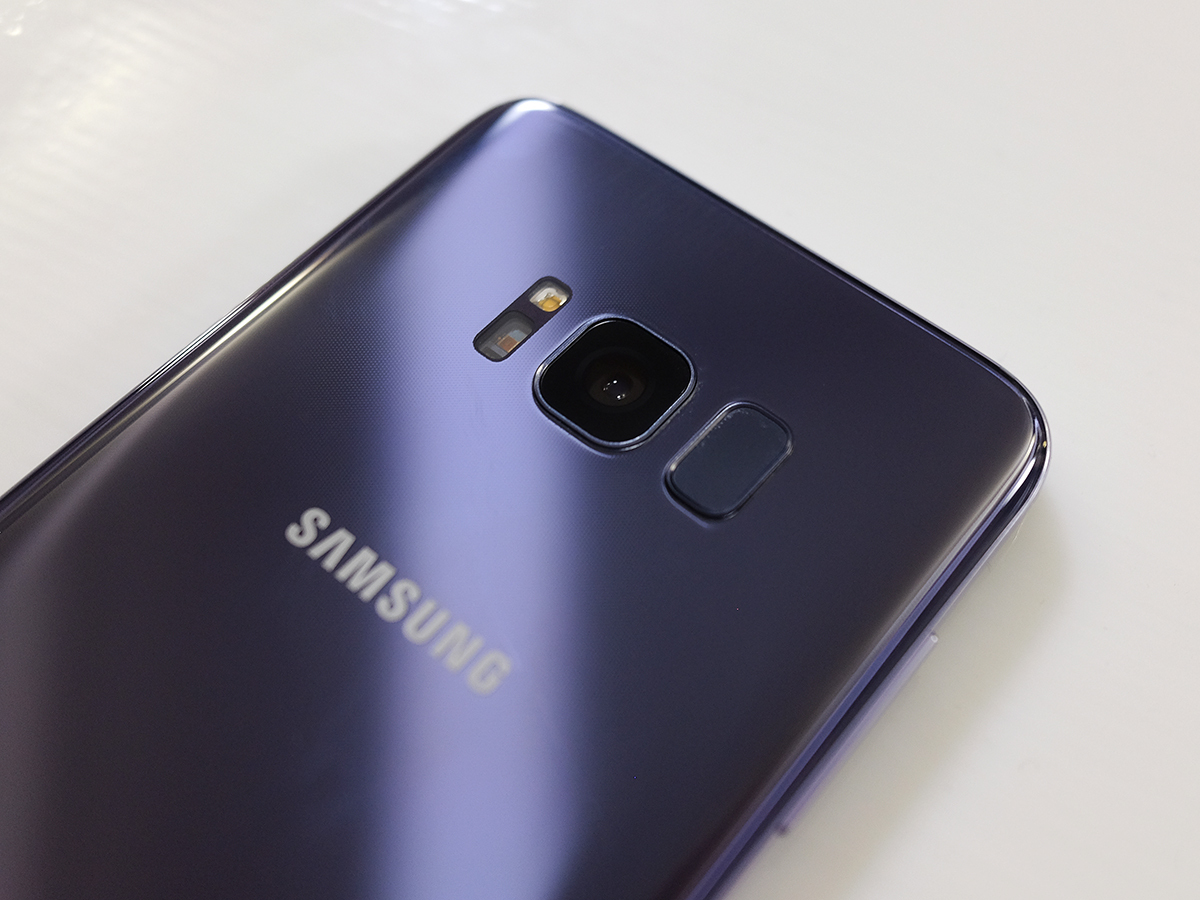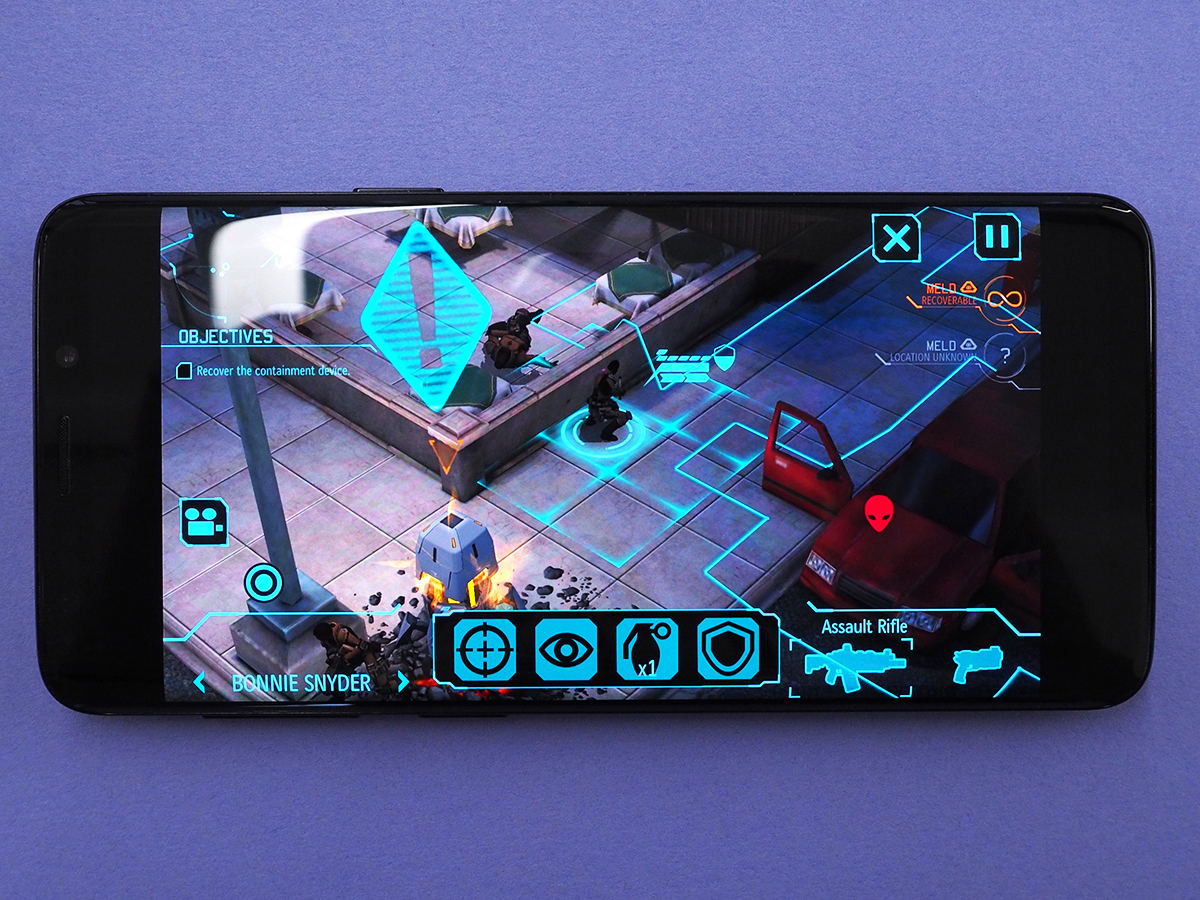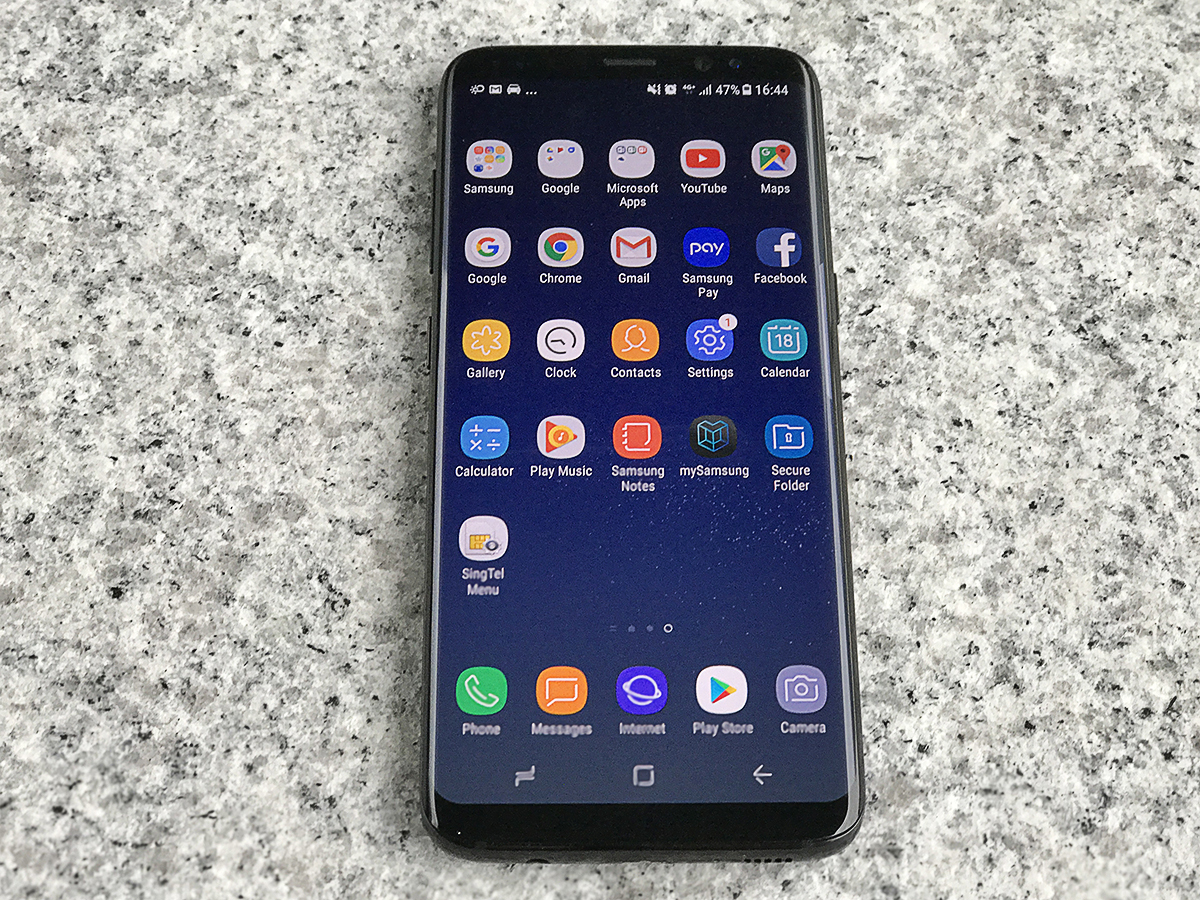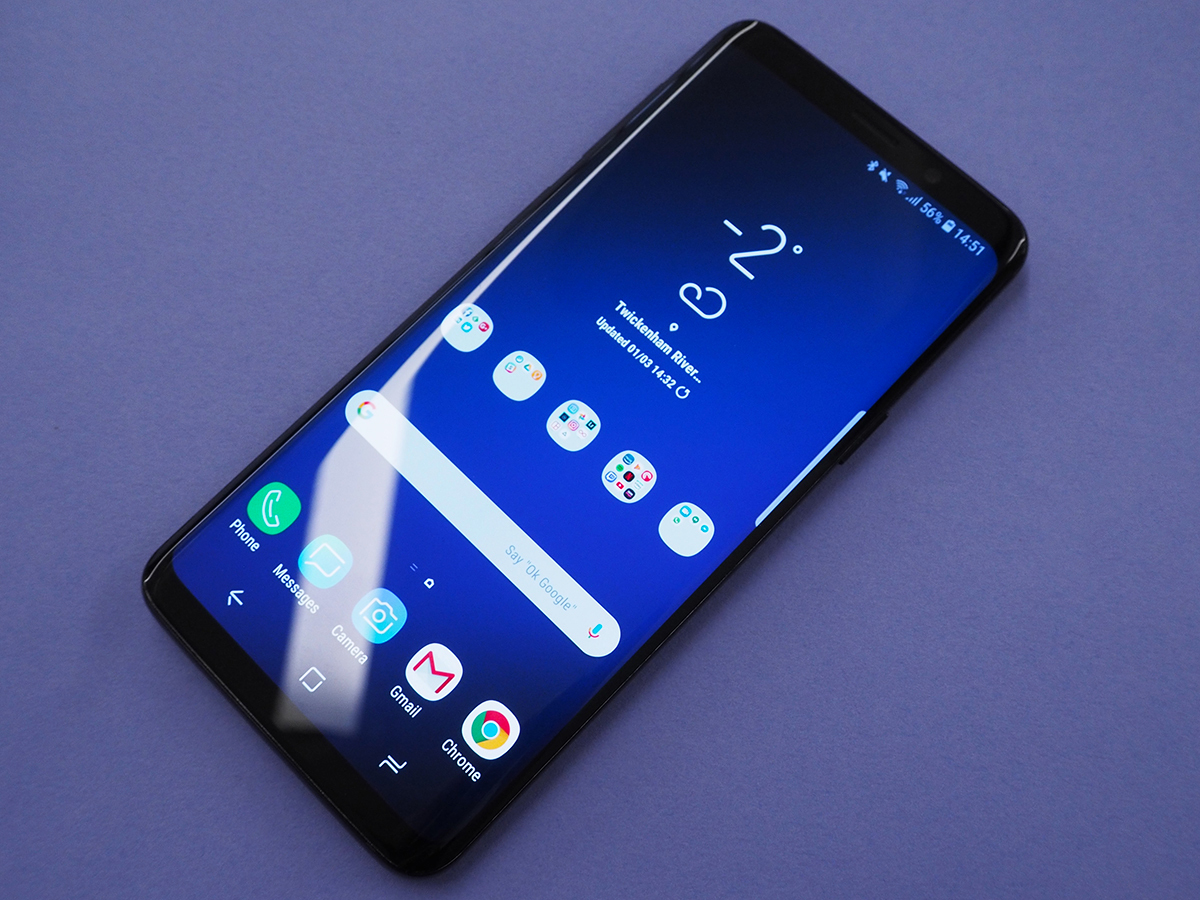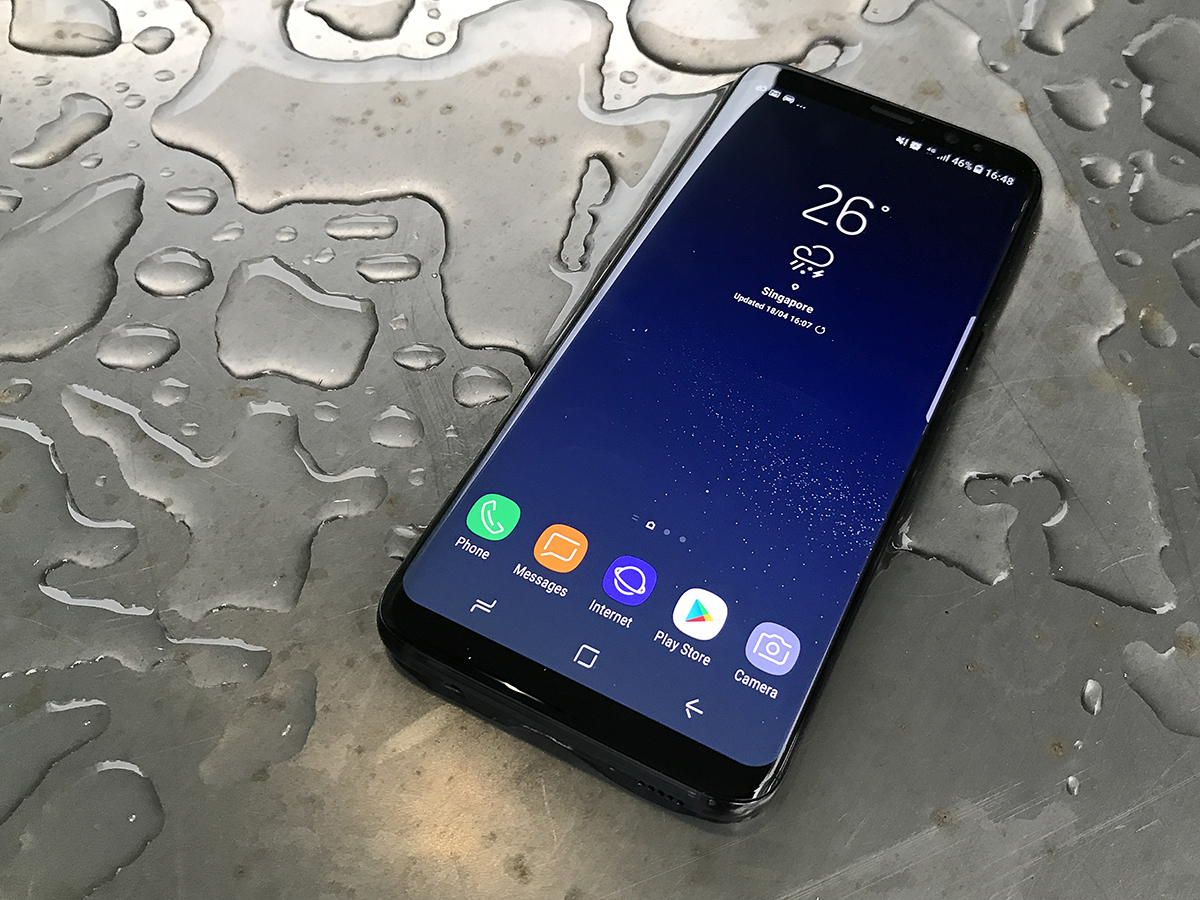Samsung Galaxy S9 vs Galaxy S8: What’s the difference?
Samsung's latest isn't a reboot, but it brings some new perks

Just like the Samsung Galaxy S7 mostly followed the approach of the Galaxy S6, the new Galaxy S9 is much like last year’s Galaxy S8: there are no huge surprises.
That Apple-like “tick-tock” pattern of alternating handsets might suck some of the excitement out of the “tock” edition, but the Galaxy S9 brings a few significant new perks to the table. It’s a revision that improves upon the brilliant Galaxy S8, even if it looks much the same.
With the Galaxy S9 releasing this week, here’s a look at what sets the new handset apart from the last one – and our expert opinion on whether you should consider upgrading if you’re wielding last year’s Galaxy S.
Design: Almost identical
There’s almost no difference here: the Galaxy S9 looks totally identical to the Galaxy S8 from the front. Of course, that’s not a bad thing at all, since the S8’s screen-centric design is a minimal, curvy dazzler, and it was our favourite phone in the world for an entire year.
That approach mostly true from the back, as well, but the design does get one very key upgrade: the fingerprint sensor has been moved to below the back camera module, instead of next to it. Our frustrating fumblings on last year’s phone are a lot less common with this new placement, even if the sensor is still rather close to the sensor.
In fact, it was the only real design flaw on the S8 – so now the Galaxy S9 is ever closer to smartphone perfection.
Screen: About the same
The Galaxy S9 hasn’t made significant strides with its screen – which, again, is not a bad thing at all. The Quad HD (1440p) Super AMOLED displays on last year’s phone return, at 5.8in on the standard Galaxy S9 and 6.2in on the Galaxy S9 Plus.
As before, they’re extra tall at an 18.5:9 aspect ratio, which means you have a lot of screen real estate to play with for things like games, apps, media, and more. Samsung didn’t need to make any big changes here because the Galaxy S8 already had the best of the best when it came to smartphone screens.
That said, they’re up to 20% brighter than before, which is handy – and according to DisplayMate, they set a new record for colour accuracy as well. You might not see the difference, but they’re even more brilliant than ever.
Also Read › Samsung Galaxy S9 review
Camera: Key adjustments
Here’s the most obvious difference between the handsets: the Galaxy S9 Plus adds a second 12-megapixel back sensor, whereas the Galaxy S8 Plus had just the one. Meanwhile, both this year’s standard model and last year’s stick with just one.
That brings the Galaxy S9 Plus up to par with a lot of the Android handsets we’ve seen over the last year. The main sensor on both also widens the aperture to f/1.5 (from f/1.7), which is the best we’ve seen in the smartphone space to date, and that’ll let in more light for even better photos. The secondary sensor on the S9 Plus, meanwhile, comes in at f/2.4.
But there’s a surprising trick up the sleeve of the main sensor on both S9 phones: adjustable aperture, which automatically switches between f/1.5 and f/2.4 stops depending on your lighting conditions. What’s the point? Well, if you have plenty of light, the phone uses the f/2.4 setting to capture more detail – but if you’re in low-light, it switches to f/1.5 to let in as much as possible.
You can also switch manually in Pro mode, which gives you a lot more power to capture the exact kinds of shots you want. The results are impressive: low-light shots are markedly sharper and clearer than on the Galaxy S8. And multi-frame noise reduction also helps to strip out imperfections.
Performance: Bit of a boost
It’s an incremental upgrade here again, as the Galaxy S9 packs in Samsung’s own Exynos 9810 chip in the UK and other parts of the world, and the Snapdragon 845 chip in North America. Benchmark tests suggest greater single-core and multi-core performance from the Exynos, so not all handsets will be equally-equipped – but you’ll see an increase in raw horsepower compared to the previous version in all regions.
Like the Galaxy S8, the standard Galaxy S9 packs in 4GB RAM – but you’ll see a bump up to 6GB RAM with the Galaxy S9 Plus this time around. It’s another way that Samsung is making the Plus-sized model a bit more appealing beyond a smidge more size, even if that extra RAM feels like overkill; the standard S9 feels just as capable in everyday usage.
Battery and perks: Small upgrades
Samsung stuck with what worked well the last time around: the Galaxy S9 keeps the same 3,000mAh battery pack as before, which provided strong all-day life on the Galaxy S8, while the Galaxy S9 Plus keeps the same Plus-sized tally of 3,500mAh. Ultimately, the results are comparable. And both offer wireless charging as before, of course.
Samsung’s intriguing DeX Station returns with a new look and added functionality for the Galaxy S9, too. As before, it’ll let you connect your smartphone to an external display to use it like a desktop PC, but this version seems a lot smarter.
Now, you’ll lay your phone flat in this revised dock, which means you can use the touchscreen as a laptop trackpad, as well as a touch keyboard. That saves the hassle of needing to bring your own keyboard and mouse, although we’re sure you can still do that to get the complete PC-like experience if you please. We’ll be testing it out soon.
The Galaxy S9 keeps the headphone port of the Galaxy S8, so that’s sure to be a relief. And there is one aural upgrade: stereo AKG speakers for extra bump in your tunes, which make the Galaxy S9 a lot louder than its predecessor. Nice.
Meanwhile, Gear VR headset support returns again, this time with a little more power from the newer processor to power virtual reality apps and games. There’s lot of great stuff to play on Gear VR, so if you have either phone, it’s well worth springing the cash for the headset.
Also Read › Samsung Galaxy S9+ review
Verdict: A modest revision
There aren’t any dramatic surprises with the Galaxy S9: it’s a largely incremental upgrade, but we can’t argue with more power, smarter design, and a more useful DeX Station.
The variable aperture on both S9 models and the secondary sensor on the S9 Plus also give Samsung some welcome perks to tout, even if we ultimately think the Google Pixel 2 and Pixel 2 XL still have the best smartphone shooter on the market today.
In our opinion, you probably don’t need to upgrade to either model if you already have a Galaxy S8 or a Galaxy S8 Plus. They’re close enough that the upgrades will seem fairly negligible when you’re talking about spending a fair bit of cash.
But if you’re rocking an older phone or you’ve just been eyeing the Galaxy S8 for a while, the Galaxy S9 and S9 Plus pack enough enhancements to make either one worth the pickup. They’re our new favourite phones in the world right now.
